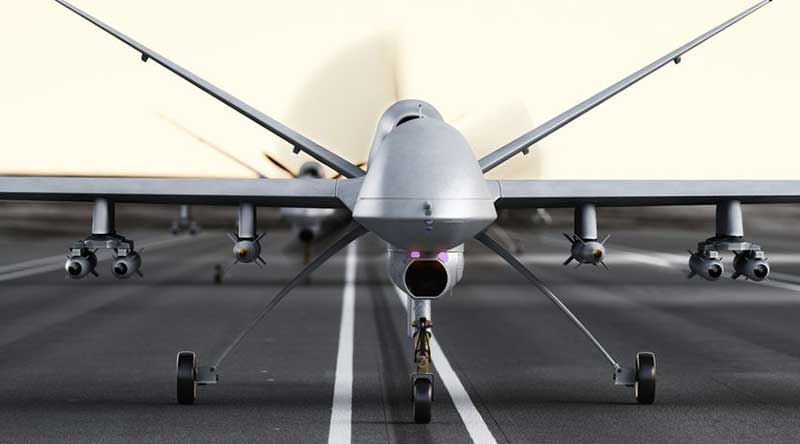Everything You Need to Know About Drone Fuel Bladders

Military fuel bladders play a critical role in the operation of unmanned aerial vehicles.
What is a Drone?
UAVs (Unmanned Aerial Vehicles) are an important piece of equipment in US Army operations. These drones provide unprecedented access to reconnaissance, communications, and other applications without endangering the lives of staff. The use of UAVs has increased rapidly in recent years, with advances in cloud computing services, the merging of data from various sensors for navigation and artificial intelligence, and the increasing use of UAVs in the U.S. military.
What Are Drones Used For?
One major use that the military has for these small aerial vehicles is for search and rescue operations. It is no secret that disasters can happen anyplace at any time. That is why it is important to have options available that you can use in an emergency situation. A small UAV or UAVs are used in this scenario.
Another option is to use them for firefighting. Water sprinklers can only do so much in a pinch. In some cases water supply lines get cut and that is when a UAV would be able to save the day. Since they can stay aloft for hours on end this is a huge benefit to them.
The military also uses UAVs for surveillance. They can watch from above to monitor troop movements and even for traffic violations. This gives them an eye on any activities on the ground that they may not be aware of. This is very helpful to the military as it helps them plan for future conflicts.
What Are Drone Fuel Bladders?
Military UAVs require high-performing bladders that provide sufficient mechanical strength and fuel airtightness to withstand the rigors of military operations. Optimal performance is absolutely essential for long journeys in very high places, so you need a flexible container that is free from breakdowns, tears, and leaks.
VTI uses materials specially formulated for aviation fuel and is lighter than other competing products. Fuel bladder hardware (such as access hatches and port fittings) can be welded directly to the film using VTI’s proprietary bonding process, or molded into a fitting and then RF welded.
Why Use a Military Fuel Bladder Instead of a UAV Fuel Tank?
Most implementations in aerospace fuel tanks specifically use flexible fuel bladders inside to provide an additional layer of efficiency. Most deployments of drone fuel bladders don’t have to make a choice at all—they use both. A UAV fuel tank made of rigid fuselage material like steel, aluminum, or carbon fiber, usually acts as the housing for a fuel bladder.
By using a collapsible, portable bladder to hold the UAV’s fuel, the user can maximize the amount of fuel needed for a particular mission, making sure no space is wasted and every drop of fuel is used.
For more information about how Vinyl Technology can help you with your drone fuel bladder project, get in touch with us today.

